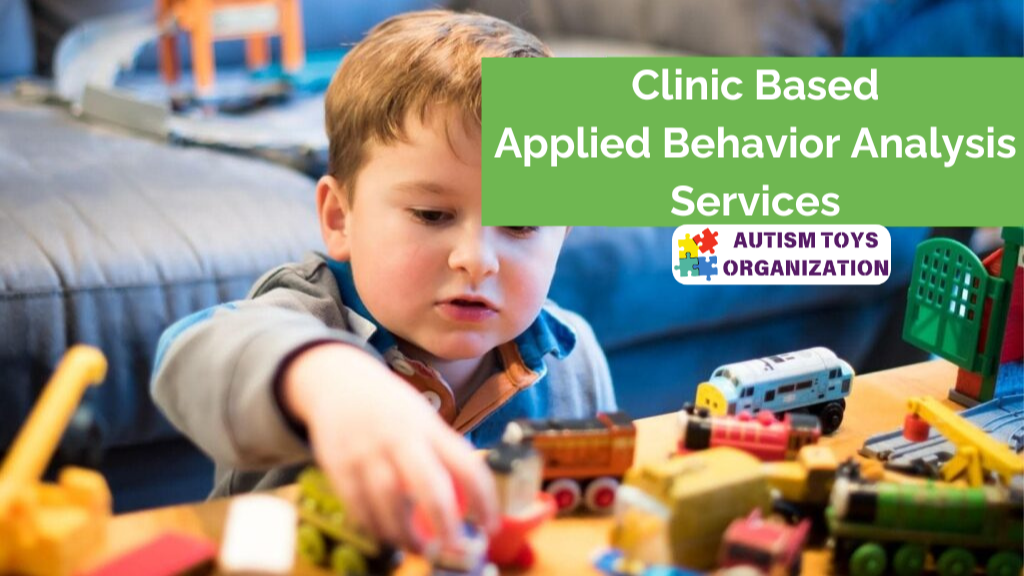
This type of therapy uses rewards to reinforce positive behaviors and teach new skills. Parents and other caregivers are trained so they can give the autistic child moment-by-moment feedback.
Treatment goals are based on the individual. They might include communication, social skills, personal care, and school work. Studies show children who receive early, intensive ABA can make big, lasting gains.
This is one of the most widely accepted therapies for children with autism spectrum disorder. ABA training is most effective if therapy begins when children are younger than age 5, although older children with ASD can also benefit.
ABA helps teach social, motor, and verbal behaviors, as well as reasoning skills, and works to manage challenging behavior. It’s based on teaching these skills through observation and positive reinforcement.
To get the most benefit from applied behavior analysis, your child will need extensive one-on-one therapy for an average of 25 hours each week. A drawback is that this type of intensive therapy is expensive.
ABA training is also most effective if you get training in it yourself. That way, you can teach your child and constantly reinforce positive behaviors. However, using it is very time-consuming and takes a lot of skill to get right.
But it will help your child generalize the skills they have learned. It also will help lower the likelihood that your child will engage in unhealthy or negative behaviors.
There are different types of ABA. They include:




